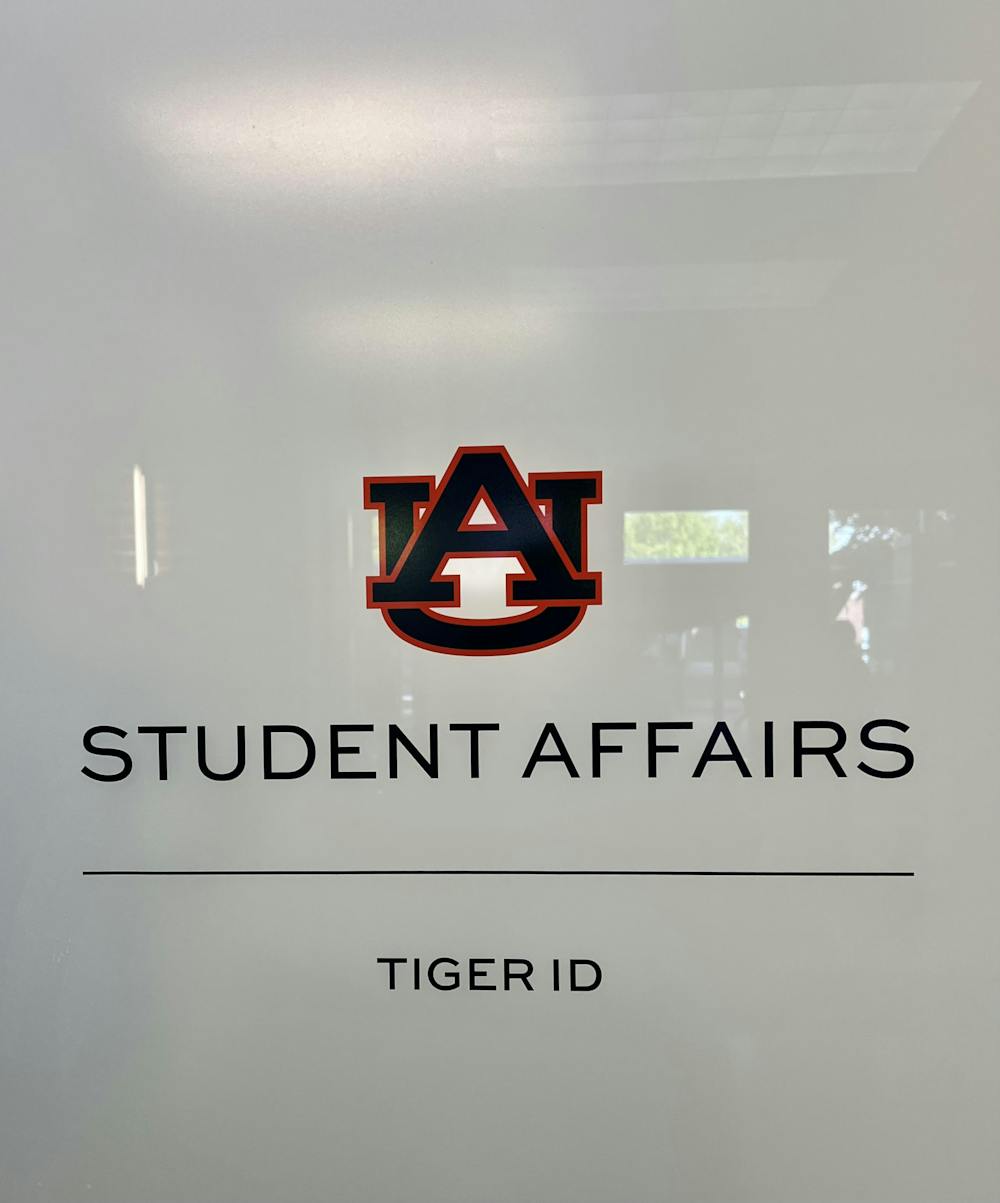In fall 2024, Tiger ID officially became digital only. The Auburn University Tiger ID office is no longer producing physical student ID cards and is now almost solely using the GET Mobile app.
The decision to switch to mobile credentials has been in the making since 2018 when Alabama launched Blackboard, an academic service similar to Canvas. They presented it to the Student Government Association which was interested in switching to a mobile credential for Auburn students.
Since 2021, students have been able to access their Tiger ID card digitally through the GET Mobile app, and most students on campus use it to scan into athletic events, enter university buildings and dorms, and purchase food. According to Melanie Chambless, director of Tiger ID, Auburn started using digital credentials for many reasons.
“A lot of things factored into it. Safety and security for one, it’s a lot harder to swap a phone than it is with a physical card. Convenience, again, not sure if you ever came to our office and saw the line," Chambless said. “Sustainability was an issue as well because we’re trying to be more sustainable on campus. If we don’t have to print physical cards, then we are reducing our carbon imprint.”
Chambless explained that for most students, the physical card is no longer activated and won't work. “Your physical ID card will not work if you have the mobile credential on your device," Chambless said.
She elaborated further that if a digital credential is connected to a student's mobile device, the physical card will not work for door access. Facilities management controls door access and, from a safety and security standpoint, they want only one credential per student in the system so that the risk of unauthorized personnel entering university buildings decreases.
The Tiger ID office no longer prints replacement cards either.
However, there are some exceptions. For students who do not own a phone or have a compatible device, the Tiger ID office will still print a physical ID.
“If you do not own a cell phone, we are not going to require you to go out and purchase a cell phone. If you still have that physical card it will work for every function,” Chambless clarifies. “There’s some steps and processes you have to go through but yes, if you don’t own a device that is compatible or you don't own a cell phone at all, then yes, we will still print you a physical card.”
One of the perks of the cards being digital now is the price– it’s free. Students no longer have to pay for their Tiger ID and do not have to have a picture taken by the Tiger ID office for their card.
“We’re pushing all students to go online to our website,” says Chambless. “We have some software that will allow you to upload a picture… and you can also submit your supporting documentation as well… You will submit a driver’s license, passport, or military ID, along with the photo that you would like for your Tiger ID.”
According to Chambless and Jennifer Gilliland, a coordinator at Tiger Card Operations, there are fewer issues and difficulties students and their office face now that the card is digital.
“Apple has assured us that several hours after your phone dies, it will still be able to tap and use your device,” Chambless said. “If you have any issues, whether it be with a physical card or your phone with your resident hall, contact your RA. That’s the best option if you are unable to get into your resident hall, or you can come to our office and see how we can assist you if it truly is a broken device.”
Moreover, the volume of issues has decreased according to Chambless as “people tend to keep up with phones better than they keep up with physical cards.”
Gilliand explained that when a student may damage their phone and isn't able to use the mobile Tiger ID to get into buildings or tap to pay, the student must still come to the Tiger ID office in the Melton Student Center to prove it isn't usable. When proven, students will either have their current physical card reactivated for a month or pay $45 for a temporary card.
Both Chambless and Gilliland state that they like the change.
“I like mine... I’ve always got [my phone] in my hand, I don’t have to fumble for my ID and I like Apple Pay now better,” said Gilliland.
“Especially the start of the semesters and during summer orientations, it’s making that process a lot smoother…We’re able to assist people in a more timely manner as opposed to, especially if it’s a Camp War Eagle day, we would have to tell people not to come to our office because we would have lines outside of the door, and now we’re able to help people no matter what time of the year it is.” Chambless stated.
Freshmen who haven’t ever had to use a physical card seem to like the change as well.
“I find it convenient and easy to use. I haven’t had any trouble using it so far and I prefer this over the choice of an actual ID card.” Austin Suber, a pre-nursing major said
Both Chambless and Gilliland urge students to check out their website.
"One of the things about mobile credentials, it does not transfer over [to a new phone], so when you get a new iPhone and you think that all of your cards transfer over, [the mobile credential] does not," Chambless warned. "There are instructions on our website on how to unlink the card and re-add it back.” Both Apple and Android users have to do this.
To learn more information about the new changes to Tiger ID, click here.
Do you like this story? The Plainsman doesn't accept money from tuition or student fees, and we don't charge a subscription fee. But you can donate to support The Plainsman.





